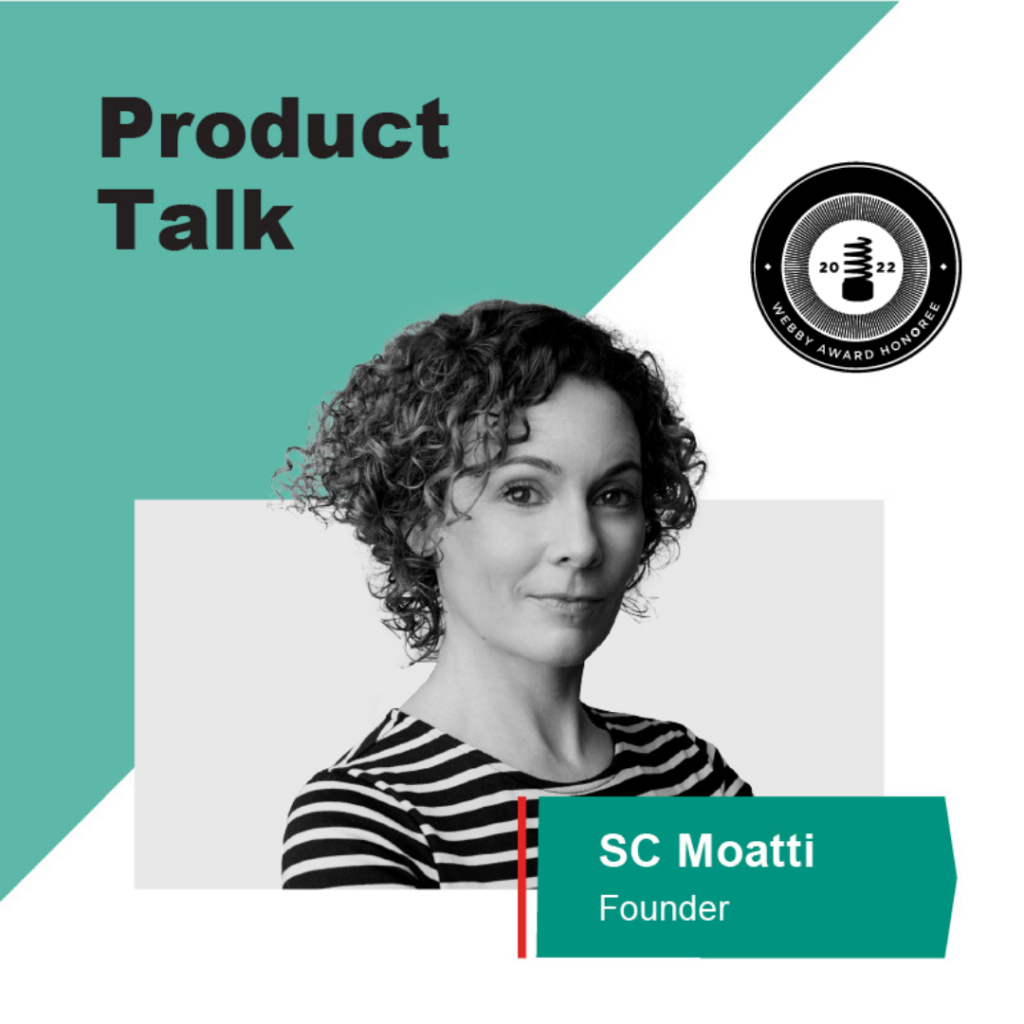I think product management at a synthetic biology company like Ginko is different from the average software company. The biggest difference is launching a product and managing the product lifecycle. At Ginkgo, digital technology doesn’t function alone.

How Product Management at Ginkgo Stands Out
We’re in a tightly coupled ecosystem with constantly evolving lab technologies and processes to engineer a broader range of organisms. We need to manage the technology development and help guide the scientists in building the processes that allow these features to be used effectively.
The second difference is that our stakeholders’ needs are quickly changing because new technologies and processes are developing in parallel. In our case, we work on some really cutting edge things and often the fundamental assumptions are changing. We need to adapt and explore new scientific approaches for new organisms – software can’t support all those processes. This poses a pretty big challenge. You don’t know what will happen while making software that is specific enough to be usable.
Handling Challenges and Process for Development
Our digital infrastructure is flexible enough to handle small changes because we build for foreseeable variation. But the more ambitious projects and, therefore, the more interesting projects, do pose challenges. However, no one said managing products was easy.
At Ginkgo, we need to ask ourselves certain questions in order to address those challenges. First, is there a science component to developing such a service? As in, which scientific strategy should we use? Then there is a software component to it. How can users request such a service? Automation also has additional challenges. For example, in order to execute the service, what machine will we use?
Then our services break down into phase gates. The first phase gate is to address the riskiest part of the project. The second phase gate is to adapt the protocol to scale to the number of samples that the service plans to run. Finally, the third phase is making the surface operational so that it can run sustainably.
Within each phase gate, the teams involved dedicate different amounts of resources and different types of effort for software. The first phase is all about prototyping. The scientists don’t know what will and what won’t work – therefore software written at this phase will be thrown away. So keeping it low quality in the prototype is a good thing. In this phase, you also need developers who understand science. This allows the code to be translated at the cadence of the scientist, not the software team.
In phase 2 and 3, software and automation take center stage. This means that we need to take the code from phase 1 and scale it to perform production code. Meanwhile, automation might need to do something similar or develop new protocols for the robots. Basically, I would say that at any given time each of the Ginkgo’s services is looking to see how they can better meet their customer’s needs. So they either refine a service or develop new services.